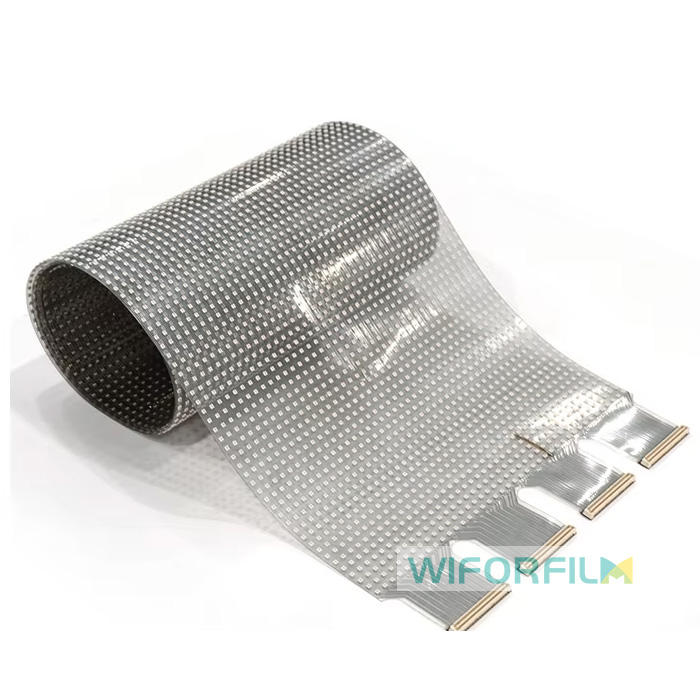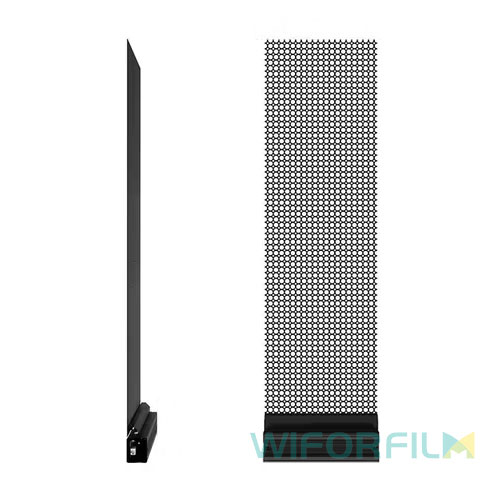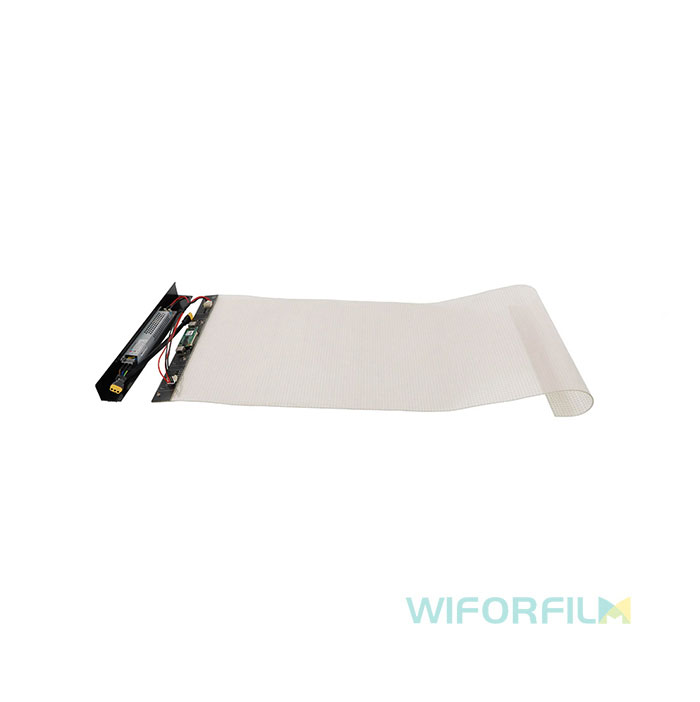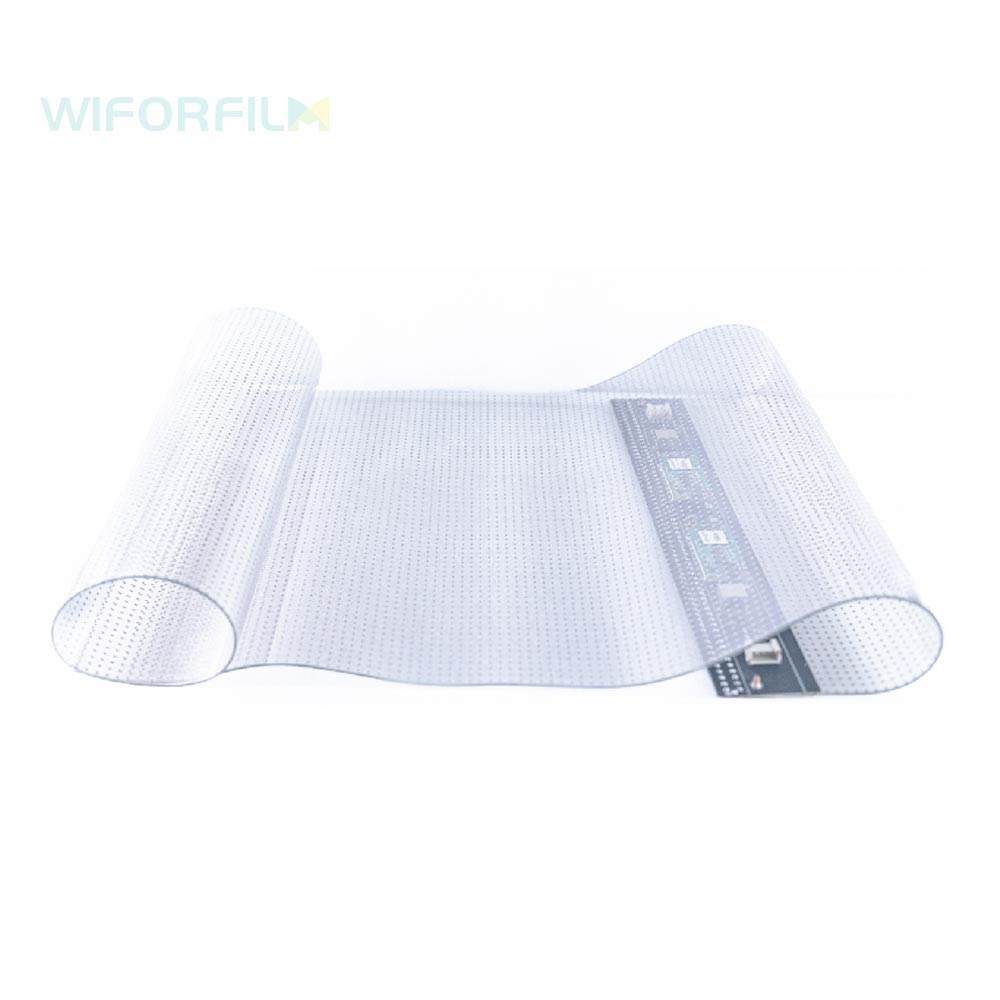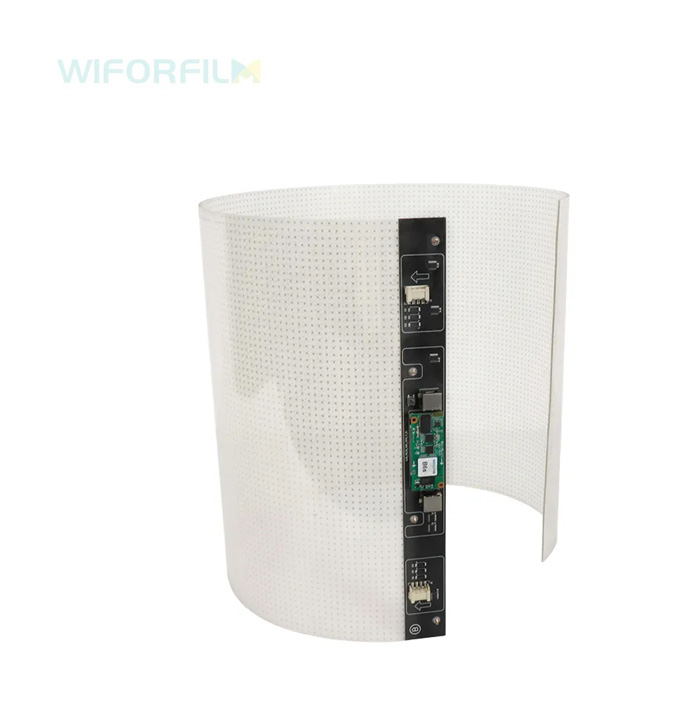A see-through LED screen, also known as a transparent LED screen or LED glass screen, is a display technology that allows content to be shown on a transparent or semi-transparent screen, enabling viewers to see through the display while viewing the content, is an innovative technology that combines high-definition visuals with the capability to view through the screen. This guide provides an in-depth look into the technology, its applications, benefits, installation processes, maintenance tips, and much more. Whether you’re a business owner, event organizer, or tech enthusiast, this guide will help you understand everything you need to know about see-through LED screens.
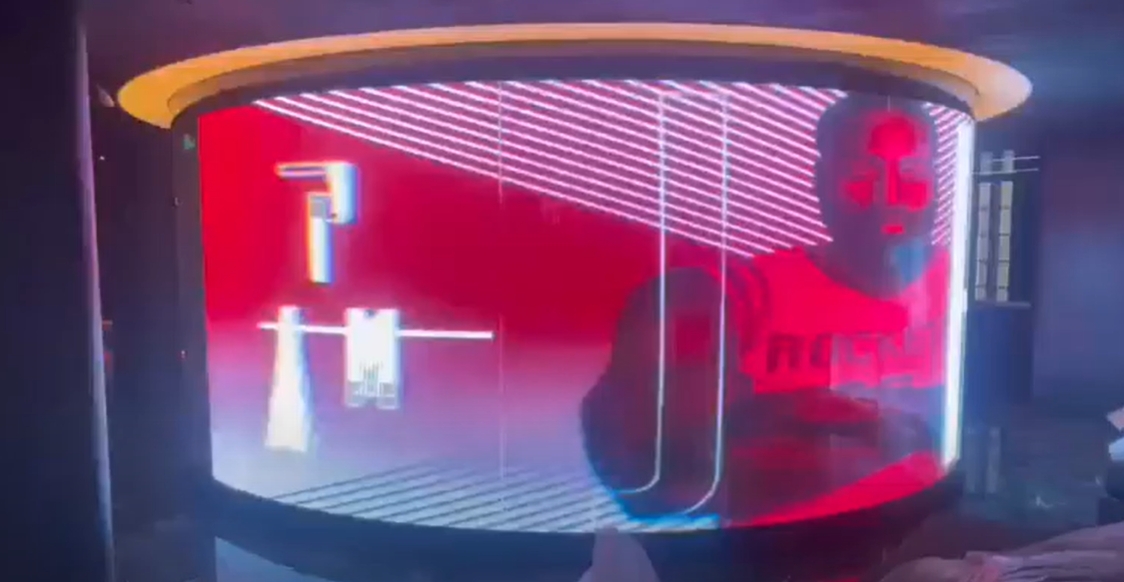
1. Introduction
See-through LED screens are rapidly transforming the way we communicate visual content in public spaces, retail environments, and architectural designs. These displays offer the perfect balance between transparency and high-quality imaging, making them ideal for advertising, interactive displays, and modern architectural installations.
The main idea behind these displays is to integrate digital information seamlessly with the physical environment. The result is an eye-catching display that does not completely obscure the view behind it, making it perfect for storefronts, museums, or exhibitions.
2. Understanding the Technology
2.1 Basic Principles
At the heart of the see-through LED screen is the LED module, a small electronic component that emits light to create images. These modules are arranged in a grid-like pattern on a transparent substrate. Unlike traditional opaque LED panels, the spacing and design of these modules allow light to pass through, thereby preserving visibility of what lies behind the display.
Key Components Include:
-
LED Chips: These are the fundamental light-emitting units that produce the display’s colors.
-
Transparent Substrate: A specialized material that supports the LED modules while allowing light to pass through.
-
Control System: The digital system that manages image data, brightness levels, and refresh rates.
-
Power Supply: Provides consistent energy to the LED modules for steady performance.
2.2 Working Mechanism
The operation of a see-through LED screen is based on a sophisticated balance of illumination and transparency. The LED modules illuminate specific pixels to form images or videos while leaving gaps that ensure the background remains visible. This dual function is managed through a control system that optimizes brightness and contrast to ensure that both the digital content and the background environment are clearly visible.
The core technology involves:
-
Signal Processing: Incoming digital data is processed to control the LED chips.
-
Brightness Adjustment: Ensures that the LED light is strong enough to display images without overpowering the background.
-
Image Calibration: Maintains color accuracy and consistency across different viewing angles.
3. Benefits and Advantages
See-through LED screens offer several unique advantages over traditional displays. These benefits have led to their increasing popularity in various sectors, from advertising to architecture.
3.1 Enhanced Visual Experience
One of the primary advantages is the enhanced visual experience. Unlike conventional displays, see-through LED screens create an immersive effect by blending digital images with real-world views. This combination is particularly appealing in environments where the ambiance is as important as the content being displayed.
3.2 Versatility in Applications
These screens are extremely versatile. They can be installed in various settings, including:
-
Retail Stores: To display dynamic advertisements while showcasing the products behind the screen.
-
Corporate Environments: As part of modern conference rooms or lobbies where information and background aesthetics coexist.
-
Architectural Installations: Enhancing the aesthetic appeal of buildings by integrating digital art into the façade.
-
Events and Trade Shows: Providing interactive digital experiences that capture audience attention.
3.3 Energy Efficiency
Modern see-through LED screens are designed with energy efficiency in mind. The use of LED technology means that these displays consume less power compared to other display systems, leading to lower operational costs. Furthermore, advancements in LED technology have led to significant improvements in longevity and durability.
3.4 Aesthetically Pleasing Design
The minimalist design of see-through LED screens contributes to an uncluttered visual environment. Their sleek appearance makes them ideal for spaces where modern design and functionality are equally important. The transparent nature of these screens allows them to blend seamlessly with interior designs, offering a futuristic yet elegant look.
4. Key Specifications and Features
When evaluating a see-through LED screen, it is important to consider several key specifications that determine its performance and suitability for different applications.
4.1 Resolution and Pixel Pitch
-
Resolution: The clarity of an LED display is determined by its resolution, which is a function of the number of LED modules. Higher resolution means sharper images and more detailed visuals.
-
Pixel Pitch: This refers to the distance between two LED modules. A smaller pixel pitch results in higher pixel density, which translates into better image quality, especially when viewed up close.
4.2 Transparency Rate
The transparency rate is a critical specification. It indicates how much of the background is visible through the display. Typically, see-through LED screens have a transparency rate ranging from 30% to 70%, depending on the design and intended application.
4.3 Brightness and Contrast Ratio
-
Brightness: A high brightness level is essential for outdoor installations or areas with high ambient light. Modern see-through LED screens can reach brightness levels that ensure images are vivid and clearly visible.
-
Contrast Ratio: This determines the difference between the darkest and lightest parts of the image. A high contrast ratio ensures that images appear dynamic and engaging, regardless of the background.
4.4 Viewing Angle
The viewing angle is another important consideration, especially in public spaces where the display may be seen from different perspectives. A wide viewing angle ensures that the image remains clear and consistent for all viewers.
4.5 Durability and Weather Resistance
Outdoor installations demand screens that can withstand various weather conditions. Durability and weather resistance are essential features, with screens often designed to be waterproof and dustproof. This ensures longevity and minimal maintenance, even in harsh environments.
5. Installation and Setup
A successful installation of a see-through LED screen requires careful planning and execution. The following steps outline the typical installation process:
5.1 Site Survey and Planning
Before installation, a detailed site survey is conducted to assess the environment. Factors such as ambient lighting, viewing distance, and structural support are evaluated to ensure optimal performance of the screen. During this phase, engineering teams determine the ideal screen dimensions, mounting options, and power supply requirements.
5.2 Mounting and Structural Support
Proper mounting is critical for the longevity and stability of the display. The screen is typically mounted using a combination of brackets and frames that secure it firmly to the installation surface. Structural support should be designed to handle both the weight of the screen and environmental stresses such as wind or vibration.
5.3 Electrical Setup and Signal Integration
The installation process also involves connecting the screen to a power supply and integrating it with the digital control system. This step includes running cables, setting up controllers, and configuring the signal processing equipment. Ensuring that the electrical setup is robust and compliant with local safety standards is essential for reliable operation.
5.4 Calibration and Testing
Once the screen is installed, a comprehensive calibration and testing phase follows. During this stage, technicians adjust the brightness, color settings, and transparency levels to ensure that the screen meets the desired performance standards. Testing is conducted under different ambient lighting conditions to guarantee consistent performance across various environments.
6. Maintenance and Troubleshooting
Like all advanced electronic systems, see-through LED screens require regular maintenance to ensure they operate at peak efficiency.
6.1 Routine Cleaning and Inspection
Regular cleaning is important to maintain the screen’s transparency and image quality. Dust, smudges, and other debris can accumulate on the screen, reducing its effectiveness. Routine cleaning using appropriate cleaning solutions and tools helps preserve the clarity of the display.
6.2 Software Updates and System Checks
The digital control system of a see-through LED screen must be kept up to date with the latest software updates. Regular system checks ensure that the firmware, drivers, and control software are all functioning correctly. This proactive maintenance helps prevent unexpected downtime and enhances overall performance.
6.3 Addressing Common Issues
Some common issues that may arise include:
-
Pixel Malfunctions: In rare cases, individual LED modules may fail. Many systems are designed with modularity in mind, allowing for quick replacement of faulty units.
-
Power Fluctuations: Sudden changes in power supply can affect screen performance. Installing surge protectors and using a stable power source is essential.
-
Signal Interference: In areas with high electromagnetic interference, the signal processing system may encounter issues. Shielding and proper cable management can mitigate these risks.
Regular maintenance schedules, coupled with prompt troubleshooting, ensure that the screen remains in top working condition.
7. Applications and Use Cases
The versatility of see-through LED screens makes them suitable for a wide range of applications. Some notable examples include:
7.1 Retail and Advertising
In retail environments, see-through LED screens are used to create dynamic storefront displays. They not only capture the attention of passersby but also allow customers to see the products on display behind the screen. This dual functionality enhances both the aesthetic appeal and the marketing effectiveness of the installation.
Key Benefits in Retail:
-
Increased Foot Traffic: Eye-catching displays attract more visitors.
-
Enhanced Brand Image: Modern technology reflects innovation and quality.
-
Interactive Experience: Customers can interact with digital content while still viewing physical products.
7.2 Corporate and Public Spaces
Corporations are increasingly using see-through LED screens in lobbies, conference rooms, and public spaces. These screens can display real-time data, corporate branding, or artistic visuals without obstructing natural light or the background environment. This makes them ideal for modern office designs where aesthetics and functionality go hand in hand.
7.3 Architectural and Cultural Installations
Many modern buildings and cultural institutions have adopted see-through LED technology to enhance their visual appeal. By integrating digital displays into building facades or exhibition spaces, architects and designers create installations that are both functional and artistic. This fusion of art and technology transforms traditional spaces into interactive, visually engaging experiences.
7.4 Events and Entertainment
From concerts to trade shows, see-through LED screens provide dynamic backdrops that complement live performances and presentations. Their transparent nature allows event organizers to create immersive environments where digital content and physical space coexist harmoniously.
8. Future Trends and Innovations
The market for see-through LED screens is continuously evolving, driven by advancements in technology and consumer demand for innovative display solutions. Some emerging trends include:
8.1 Increased Integration with IoT
The integration of Internet of Things (IoT) technology is set to revolutionize how these screens operate. With IoT, screens can be remotely monitored and controlled, offering real-time analytics and dynamic content adaptation based on environmental factors and audience engagement.
8.2 Enhanced Image Quality and Energy Efficiency
Ongoing research and development are leading to improvements in both image quality and energy efficiency. As LED technology advances, we can expect even higher resolutions, better contrast ratios, and lower power consumption, making these screens more sustainable and cost-effective.
8.3 Customization and Interactivity
Future see-through LED screens will likely offer more customization options and interactive features. Touch-sensitive surfaces, gesture control, and integration with mobile devices are just a few of the innovations on the horizon. These features will further enhance user engagement and open up new possibilities for interactive advertising and public displays.
9. Conclusion
See-through LED screens represent a significant leap forward in display technology. Their unique ability to blend digital content with the physical environment opens up a world of possibilities for advertisers, architects, retailers, and event organizers alike. With advanced LED technology, high transparency rates, and robust performance even in challenging environments, these screens offer a dynamic solution that meets the demands of modern visual communication.
This guide has provided an overview of the technology behind see-through LED screens, highlighted their key benefits, and discussed the practical aspects of installation and maintenance. As the market continues to evolve, staying informed about the latest trends and technological advances will be essential for anyone considering investing in this cutting-edge display solution.
By understanding the core principles—such as LED module functionality, transparency rates, brightness and contrast control, and durability requirements—users can make informed decisions that maximize the benefits of this technology. Whether your goal is to create a striking visual impact in a commercial space or to integrate digital art seamlessly into an architectural design, the see-through LED screen is poised to be a game-changer in the field of digital displays.
Investing in these advanced displays not only enhances the visual appeal of a space but also offers practical benefits such as energy efficiency, ease of maintenance, and adaptability to various environments. With continuous innovation driving the evolution of LED technology, the future of see-through LED screens is bright, offering endless opportunities for creative and effective visual communication.




